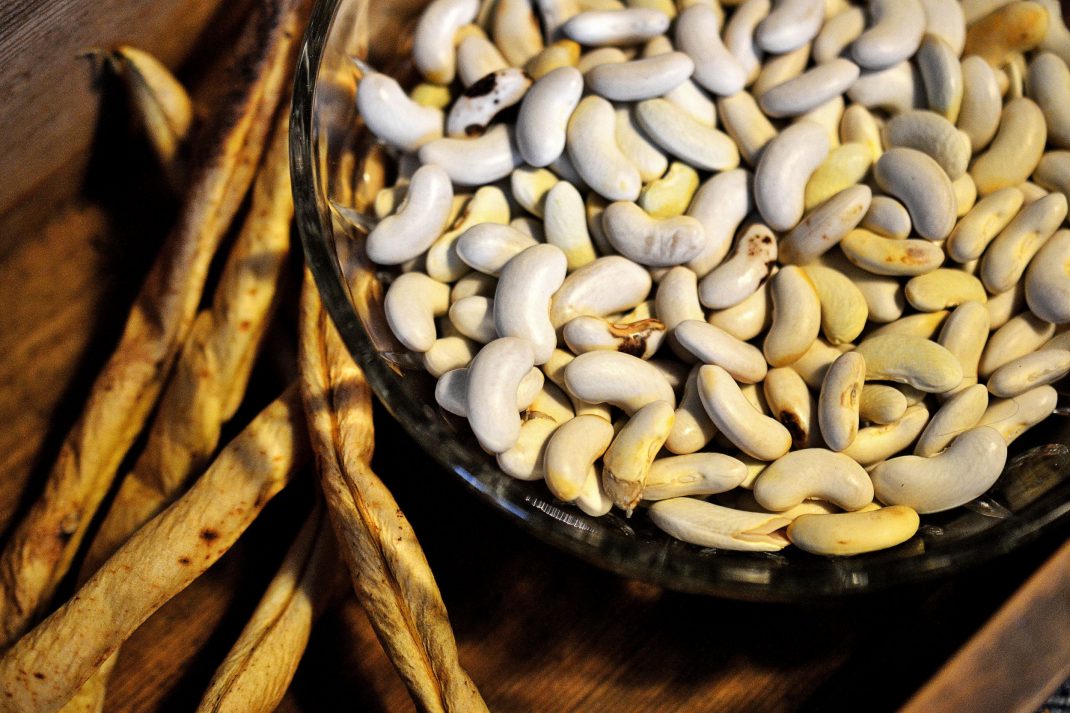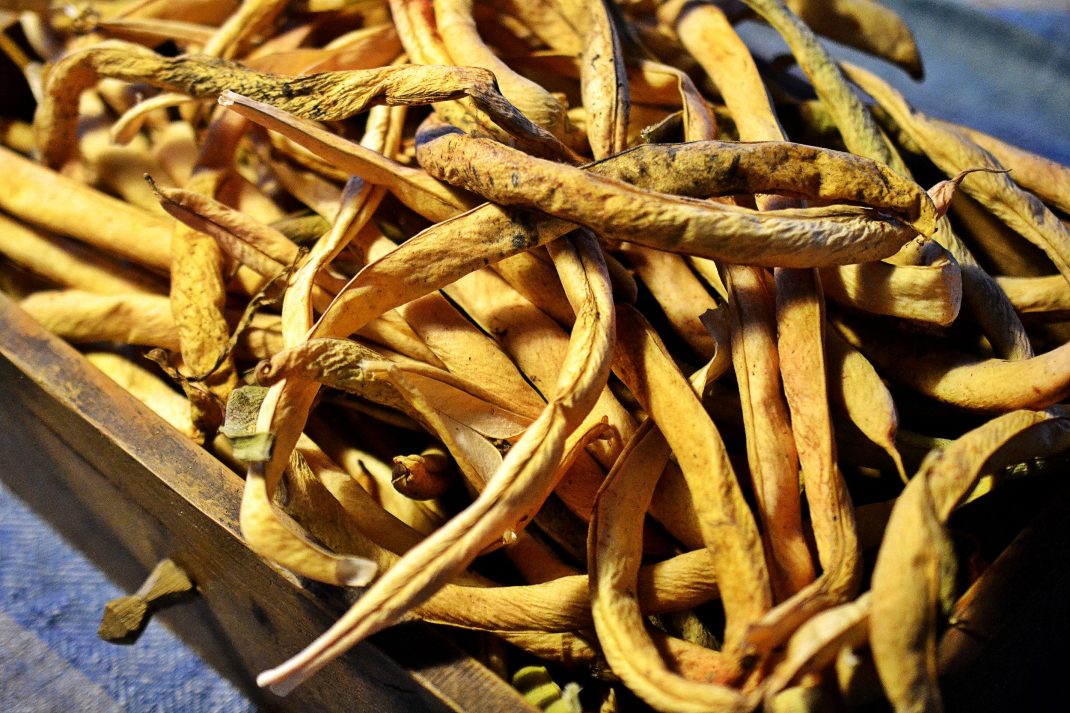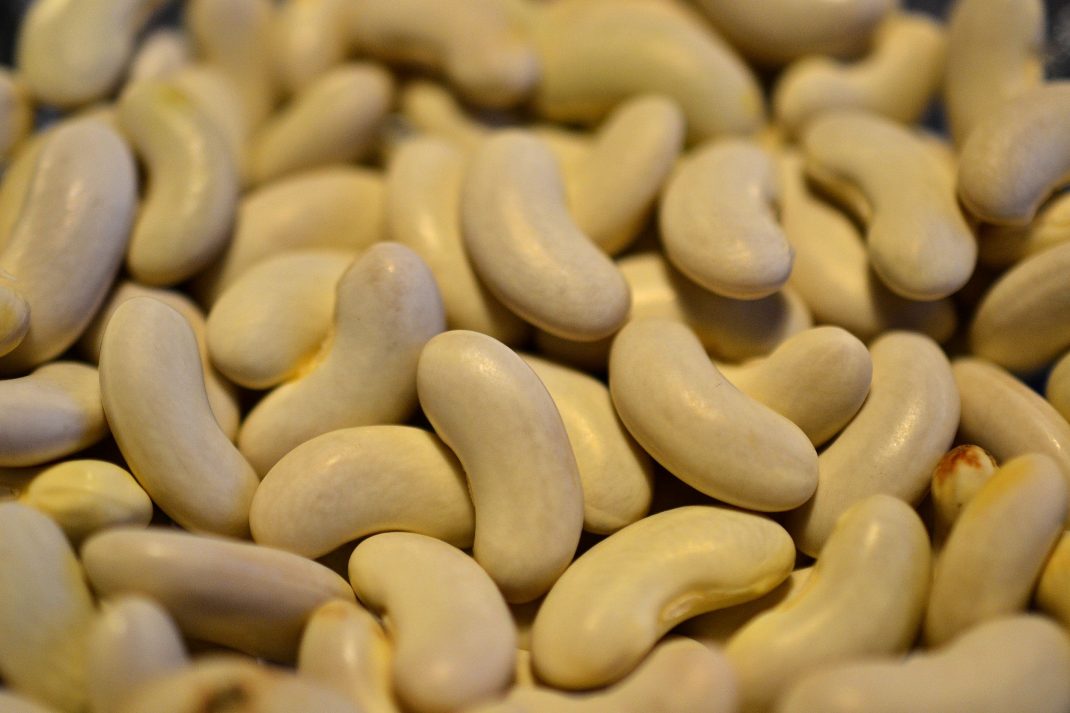How to store dried beans long-term
You can store plenty of beans at home as long as you have a system for it. This is how I store dried beans at home.

My lovely dried Cannellini beans.
I really enjoy growing vegetables that are easy to store. My ideal would be to never have to do anything with my harvests, other than finding a good spot to store my vegetables until it's time to eat them. There is so much to do in the harvest season that I'm desperate for simple solutions.
Some of the easiest vegetables to store are onions, garlic, potatoes, root celery, pumpkin, winter squash, parsnip, Jerusalem artichoke, and some herbs. And beans and peas of course!
I put some of the legumes I grow in the freezer since it's just so much easier to deal with them this way. But the best way to store beans and peas is in my opinion to dry them. This means that I don't really have to do anything other than harvest, dry and put them in a dry spot until I have time to pick the beans and peas from their pods. This is just one of the reasons why I'm so fond of legumes. There are many other reasons to grow them too of course.
Read more about beans: here

Put the beans somewhere airy, for example in a net. You can keep them there until it's time to pick the beans from their pods. It doesn't have to be harder than that to store dried beans!
Dry the beans
The beans I usually dry are for example different shelling beans and fava beans. The easiest way to do this is to simply leave the pods on the plant until they are completely shriveled up. You will know when it's time by the sound the pod makes when you shake it. Make sure to harvest the pods before they open up, the beans might fall out if you don't.
It can be difficult to know exactly when it's time to harvest your beans and synchronize the harvest with the weather. If you leave the pods too long, they might get moldy and ruined by the moist. But you don't want to harvest them too soon either since you won't get much food from them. For this reason, it's good to plant the beans and peas you plan on storing as early as possible, so they get a chance to ripen properly. I sometimes find pods that are almost done when it's starting to get colder outside. I usually just cut them and hang a few plants up to dry later.
I leave the dry pods in room temperature in a basket, a cardboard box or paper bag until I have the time to deal with them. When I get them out of their pods, they are very easy to store in regular jars in my pantry. I love putting them in beautiful glass jars so you can see their lovely shapes and colors.
You can use these beans and peas for your food, and also to grow new legumes. If you use them to sow, make sure that they are ready.

These beans look almost like the ones you buy in the store. You can store dried beans in your pantry for a long time and use them for all kinds of dishes.
Learn more about beans: Harvesting fava beans
The beans and peas I like keeping in the freezer are for example sugar snap peas, fava beans, regular green peas, snap peas and wax beans. If you are interested in Lacto-fermented vegetables, I definitely recommend that you try using fava beans. It is a real delicacy. Make sure to check out my other articles about beans and peas here on my blog. I hope you try to store dried beans at home too!
/Sara Bäckmo



Leave a Reply
You must be logged in to post a comment.